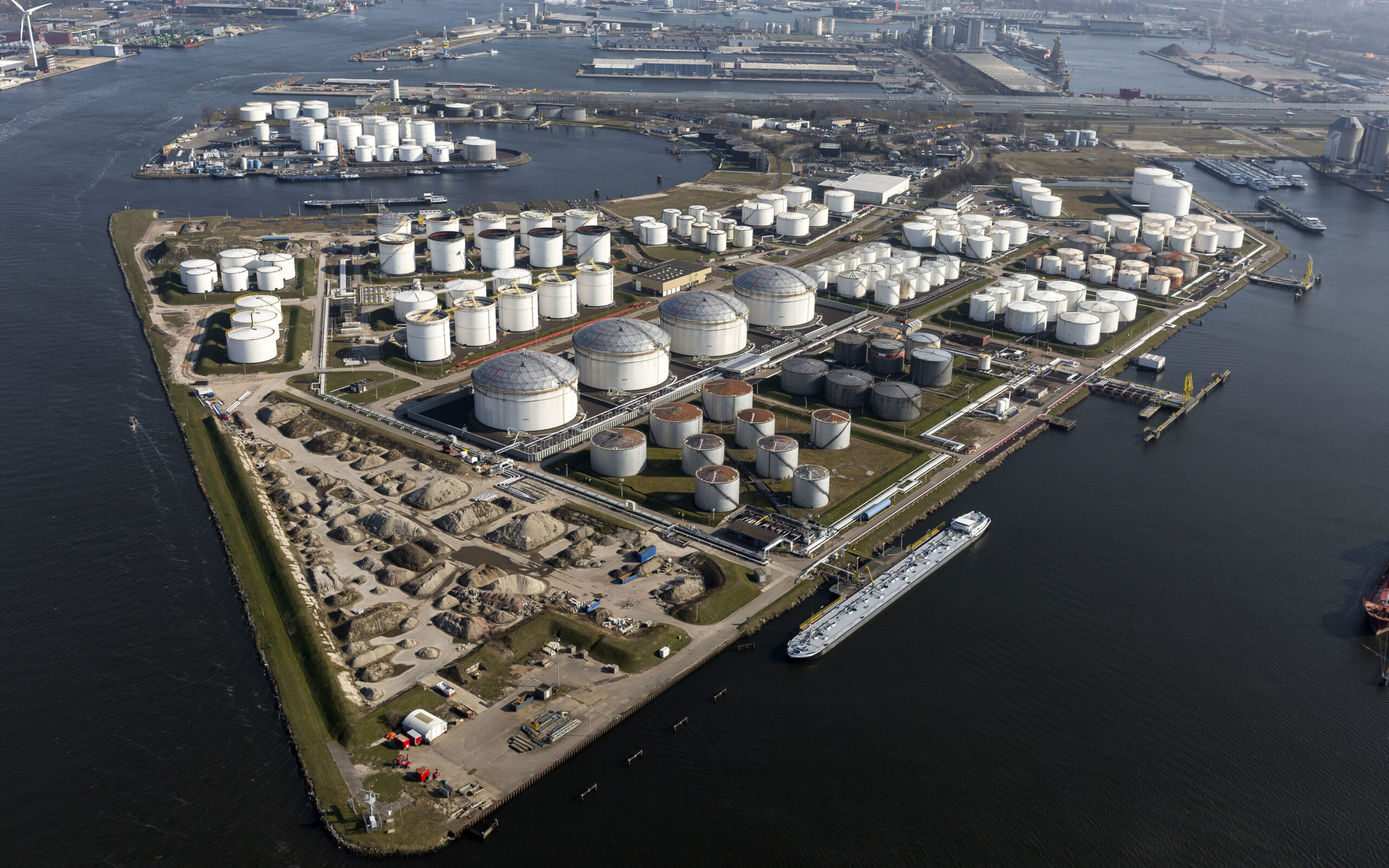In the modern industrial landscape, storage tank terminals play a pivotal role in facilitating the storage, distribution, and transportation of vital resources such as petroleum products, chemicals, and gases. These sprawling facilities serve as crucial nodes in the global supply chain, ensuring the availability of essential commodities while adhering to strict safety, environmental, and operational standards. In this blog post, we’ll delve into the world of storage tank terminals, exploring their functions, importance, and the technologies shaping their evolution.
The Heart of Storage and Logistics:
At its core, a storage tank terminal serves as a strategic hub for the storage and distribution of various liquids and gases. These terminals are strategically located near key transportation routes, such as ports, railways, and highways, allowing for efficient movement of products to and from different regions. They act as a crucial link between production facilities and end-users, guaranteeing a steady supply of goods even during market fluctuations.
Types of Storage Tanks:
Storage tank terminals are equipped with an array of tanks designed to accommodate different types of substances, each with its specific properties and storage requirements:
- Above-Ground Tanks: These tanks are commonly used for storing petroleum products, chemicals, and other liquids. They come in various sizes and designs, including cone roof, floating roof, and dome roof configurations.
- Underground Tanks: Designed for environmental and aesthetic considerations, underground tanks are often used for storing fuel and chemicals. They are well-suited for locations where space is limited or where above-ground tanks may not be suitable.
- Spheres and Bullets: These specialized tanks are utilized for storing liquefied gases, such as propane and butane. Their spherical or bullet-shaped design minimizes surface area and ensures optimal pressure management.
- Cryogenic Tanks: Ideal for storing liquefied gases at extremely low temperatures, cryogenic tanks are essential for industries like LNG (liquefied natural gas) and industrial gases.
Advanced Technologies Shaping Storage Terminals:
The world of storage tank terminals is experiencing a technological revolution that is enhancing safety, efficiency, and environmental sustainability. Some notable advancements include:
- Automation and IoT: Cutting-edge automation systems coupled with the Internet of Things (IoT) enable real-time monitoring of tank levels, temperature, pressure, and other critical parameters. This allows for optimized inventory management and swift response to any anomalies.
- Predictive Maintenance: Utilizing sensors and data analytics, predictive maintenance techniques help anticipate equipment failures and schedule maintenance before issues escalate, minimizing downtime and ensuring operational continuity.
- Environmental Protection: Advanced leak detection systems, secondary containment structures, and eco-friendly coatings are employed to prevent spills, leaks, and soil or water contamination.
- Smart Integration: Storage terminals are integrating seamlessly into digital ecosystems, enabling data-driven decision-making and efficient communication across various industrial systems.
Safety and Regulatory Compliance:
Safety is paramount in the storage tank terminal industry. Stringent regulations and industry standards govern design, construction, operation, and maintenance to ensure the well-being of personnel, nearby communities, and the environment. Terminal operators undergo rigorous training to manage emergencies and ensure compliance with safety protocols.
Conclusion:
In the intricate web of global logistics, storage tank terminals stand as vital components, enabling the seamless movement and storage of essential resources. Their role in ensuring supply chain resilience, coupled with advancements in technology, makes them key players in maintaining a stable and sustainable global economy. As technology continues to evolve, storage tank terminals will likely continue to play a critical role in shaping the future of industry and commerce.

